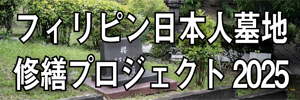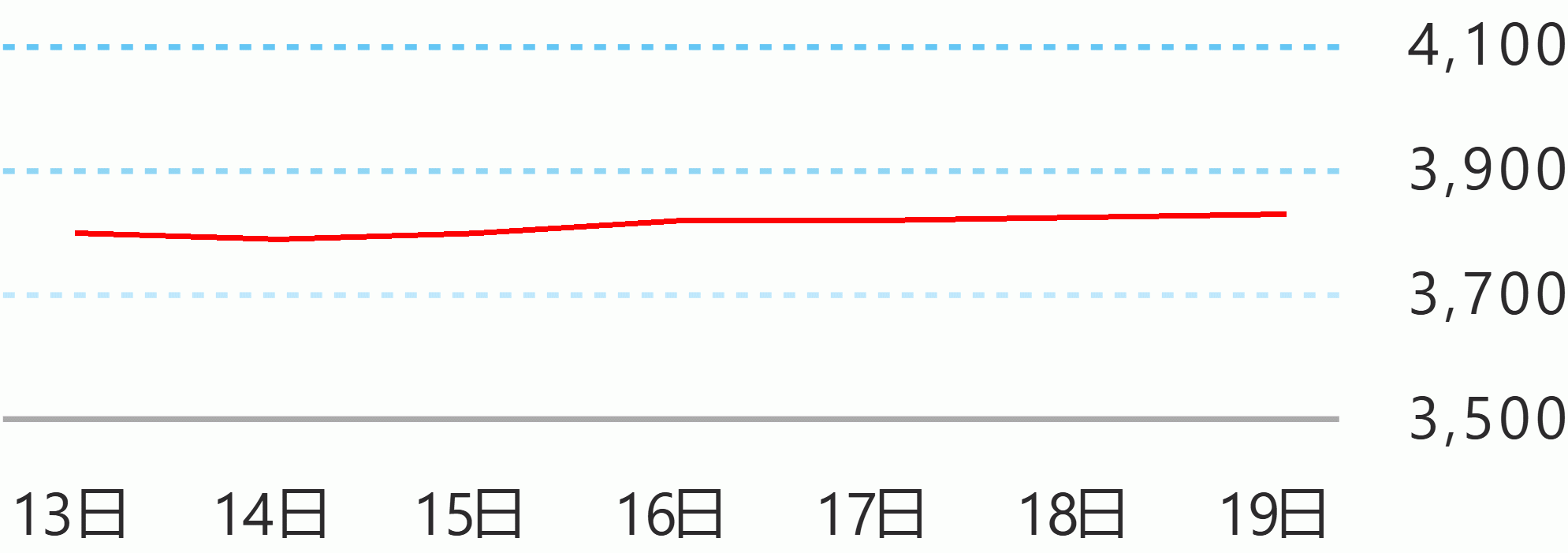By Gervie Estella
The Camotes Islands, located east of Cebu and southwest of Leyte, were occupied by Japanese troops in 1942.
Before World War II ended, Japanese soldiers massacred almost all everyone in one of its municipalities. For years, strong sentiments against Japanese nationals remained with the residents of four municipalities of Camotes Islands.
But a former Japanese soldier who almost lost his life in these islands won the hearts of residents through humanitarian missions he facilitated for almost 20 years.
Takeshi Shimizu, 90, is known in the Camotes as the メFather of Camotes Medical Mission.モ He has done several missions, donated money for a chapel and a church, and provided scholarship grants which cost a rough total of 70,000,000 yen or around P30 million, most of which is Shimizuユs own money.
A countryman 25 years younger, Ikuo Shintome, a retired official and owner of a resort Danao City in Cebu province saw Shimizuユs efforts and recommended him for decoration by the Japanese government.
For Shintome, Shimizu is a walking symbol of selflessness.
Last April 29, the Japanese government announced that Shimizu will receive the メOrder of the Rising Sun, Silver Raysモ decoration. The is awarded by the Japanese government to those who have made a significant contribution and achievement in the promotion of Japanese culture, internal relations, advancement in their fields, development in social welfare, or preservation of the environment.
メMr. Shimizu said the medical missions were his way to thank the Filipino people who hid him so he will not be killed by guerillas and American soldiers during the war,モ said Romy Ballesteros, 81, executive director of the Medical Mission to Camotes.
Ballesteros noted that the people of Camotes cannot afford to go to Cebu City for operations.
Aside from the two-hour travel and with farming and fishing as their livelihood, people are unable to meet medical expenses. Instead, people go to quack doctors.
Although there were many medical missions in the islands, only the one headed by Shimizu lasted long. Volunteers yearly varied from 50 to 120 persons, and Shimizu has always been there.
Among the missionユs free services are medical consultation, dental services, and surgical services along with ophthalmologists and nurses.
In the medical missionユs 20-year span, a total of 1,462 individuals have volunteered, benefiting more than 22,300 citizens of Pilar, Poro, Tudela, and San Francisco municipalities.
The beneficiaries comprised almost 25 percent of the islandsユ 92,000 population, according to the 2010 census.
メThat is how much he loves the place. Thatユs where he almost lost his life.モ Ballesteros said.
Since 1992 until 2010, Shimizu lead the medical mission despite his age and failing health. He was unable to continue in 2011 because of the tsunami-earthquake that struck Japan.
In 2012, Shimizu was not able to join the 20th medical mission in Camotes Islands because of his health, but he still financed the activity.
Helped by Filipinos
Shimizu was born in Takaoka City, Toyoma prefecture on May 5, 1923. When he was 20 years old and a university student, he was recruited in the Japanese Imperial Army. In December, 1943, he was assigned to Cebu.
When Japanese troops started to lose ground from the American and Filipino forces, Shimizu was tasked to go to the Camotes Islands to save Japanese soldiers who landed there from Leyte.
Shimizuユs group did not know who were the guerillas among the people. They had a メkill or be killedモ attitude. Thousands of Filipinos, Japanese, and Americans died in that battle.
When Shimizuユs troops arrived in the area, they were composed of 2,700 people. When they returned to Japan in December, 1945, around 800 survived. Most of his soldiers were killed in Camotes Islands alone.
Filipinos helped Shimizu and his men hide from his enemies. Later, he stole a boat with his troops who used their hands to paddle it into the sea.
But they were caught somewhere in northern Cebu. The American soldiers then deported him to Japan.
In 1986, he returned to Camotes Islands for the first time since the war. During the 1950s until 1970s, the residents kept their strong anti-Japanese sentiment. In the 80s, it eased up a bit.
Changing sentiments
メThe anti-Japanese sentiments of the Filipino changed because of Mr. Shimizu. They look up to him as a liberator. The hatred of the Filipinos in the islands faded,モ said Ballesteros.
メHe was there conducting the missions personally. He risked the apathy and indifference of people there because of what he has done. If he did not do that, hatred will still be in the hands of the people,モ Ballesteros said.
The メinfectiousモ laughter and kind attitude of Shimizu made him closer to the Filipinos. Ballesteros even said メHe is not like a soldier. He is just like a Cebuano.モ
Shimizu helped built the P4 million-worth chapel in Polo Island, where the Filipino guerillas were killed during the war.
However, winning sympathy is not easy.
メAt first, the Filipinos in the island were still very observant of what Shimizu is going to do. They still have negative reactions because of the war. Maybe the Filipinos thought that the Japanese Army will colonize them again,モ said Ballesteros, who has worked with Shimizu since 1992 in the medical mission to Camotes.
Ballesteros added that the Filipinos even thought Shimizu went back because of the rumored Yamashita treasure.
Winning people over
Ballesteros said Shimizu, upon hearing this idea, only laughed. After the chapel was built during the fourth or fifth medical mission, the hatred and mistrust of the people for the Japanese was completely gone.
メThat entirely changed the scenario. Nobodyユs going to hurt him. He was well accepted already after his first two missions,モ Ballesteros added.
Shimizu returned to the country to comfort the spirit of his soldiers. However, when he arrived in the Camotes Islands, he saw the condition of Filipinos in the area, he decided to start an activity that will support the people.
This led him to his second goal: to compensate with the Filipinos in the islands, whose families and ancestors have died in the war.
メHe only wants to do it in Camotes, he does not want to do it in any other place. It is because there is where he survived the war,モ Ballesteros said.
The medical mission to Camotes started in 1992. When Shimizu went to Camotes Islands, he met a Japanese Rotarian of Cebu Fuente named Yunaha Kenishi.
Kenishi agreed to tour Shimizu around the islands. They also agreed to conduct a medical mission.
Among those who have volunteered for the mission were Filipino doctors from Cebu, members of Rotary Club MetroCebu, and Japanese volunteers from Japan.





 English
English










